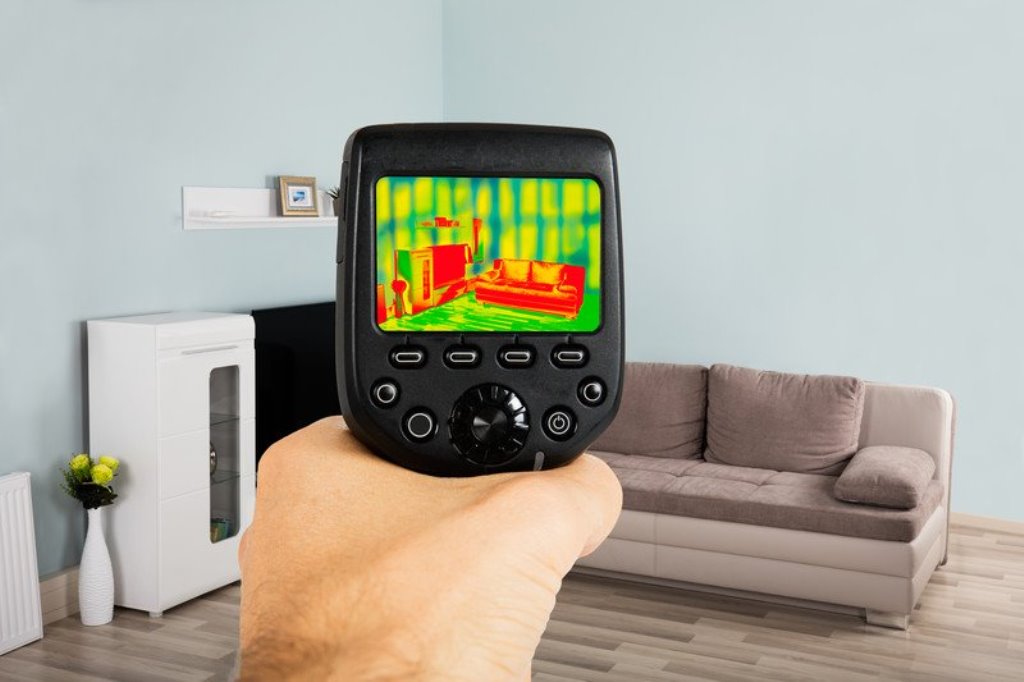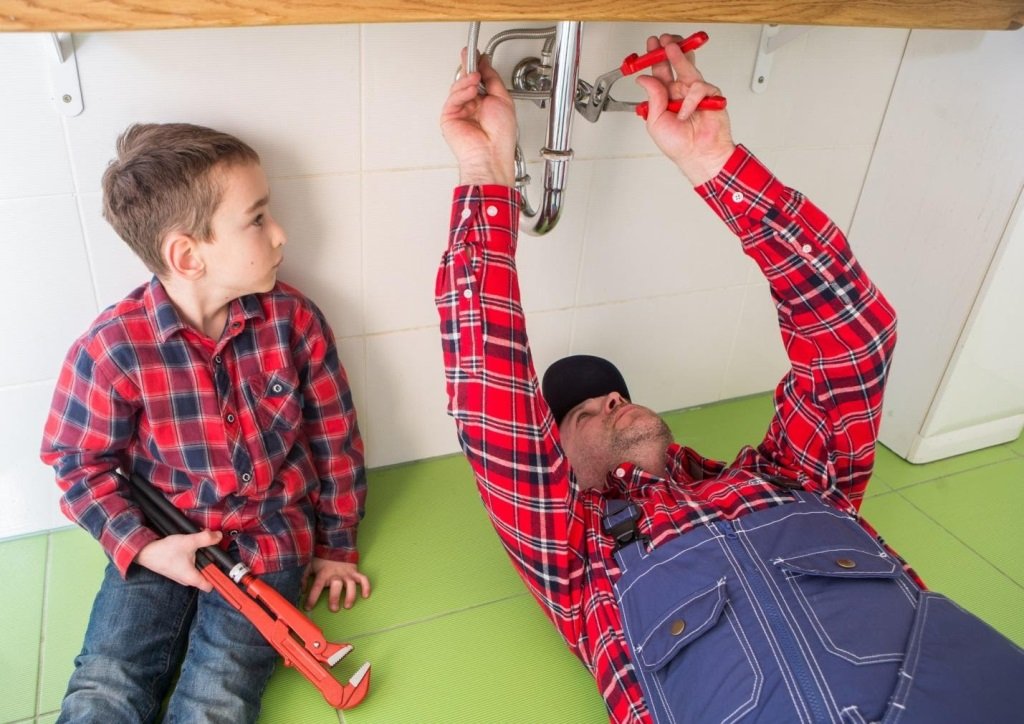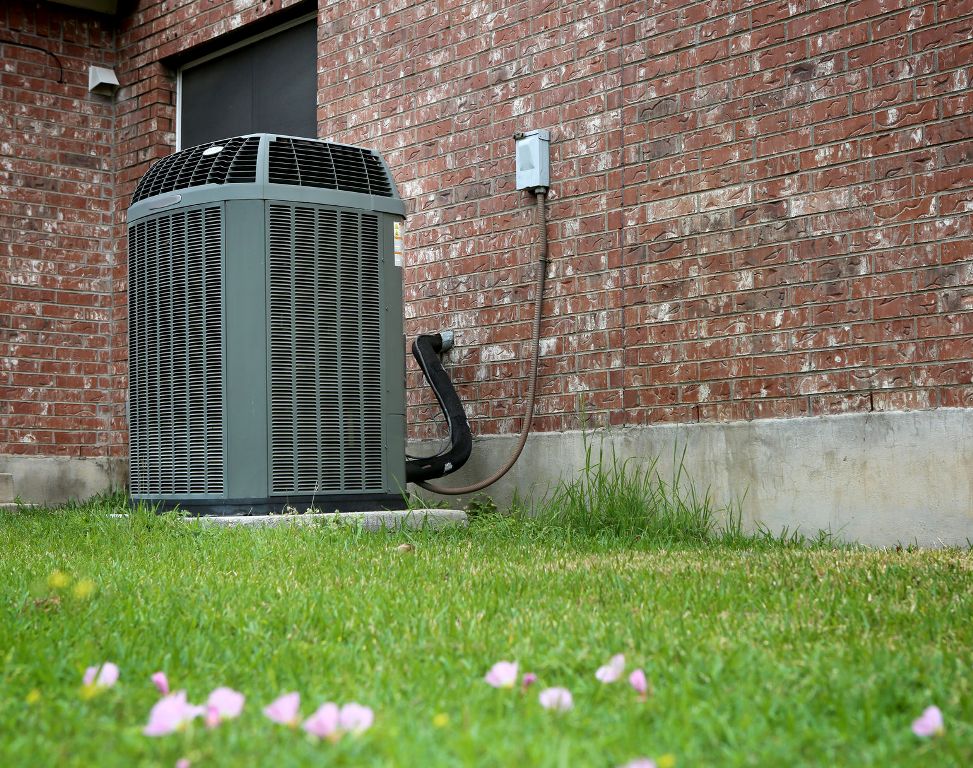Water in the walls is never a good thing, especially if the walls have wood in them. Dripping water can quickly cause wet rot, weakening the structure of the wall and potentially causing it to collapse.
In addition, the water can seep down the wall, through the floor, and undermine foundations. On top of that, the cost of a water leak in terms of water usage can be prohibitive.
If you suspect water leaking in walls you need to treat it as an emergency and contact a reputable plumber Sydney, shutting off the water supply is also a good idea.
Obviously, a plumber can also help you to detect if you have a water leak in the walls, but there are other telltale signs you can look for.
Top Tip: If you suspect you have a water leak then turn off all the water appliances in your house and make a note of the water meter reading. Check it again an hour or two later, if the water meter reading has changed you have a leak, all you have to do is trace it!
Puddles At The Base Of A Wall
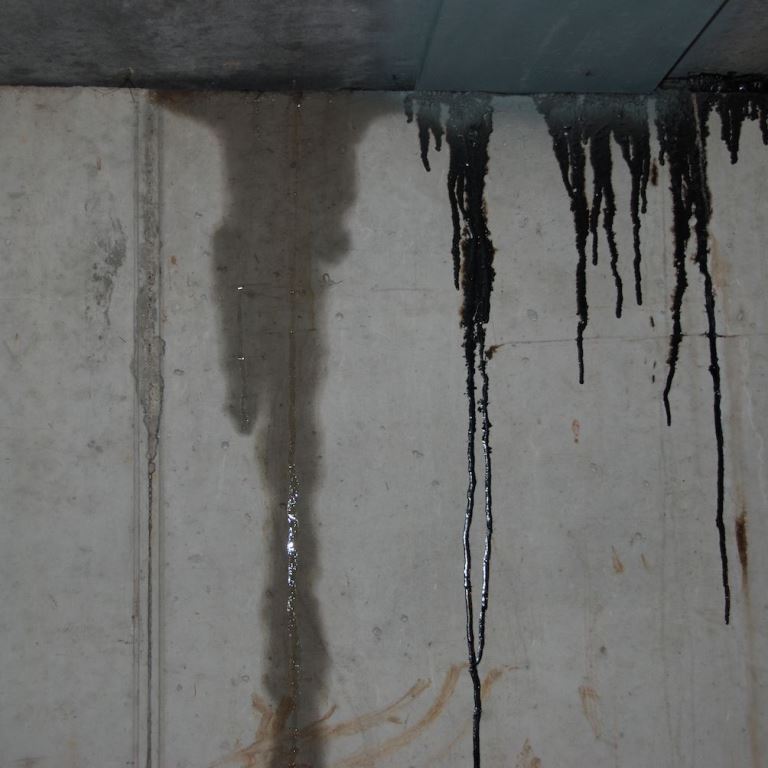
This is a fairly obvious sign that water is coming down through the wall. The best thing to do is clean it up, especially if it’s near one of the most common leaking water appliances, such as the washing machine or dishwashing.
Check the area again shortly after to see if the water has reappeared, if it has and the appliances haven’t been used it is likely that the issue is in the walls.
Stains
Water stains are generally brown in color and have a definitive jagged line, leaks are never a regular shape. You may even notice the wall covering is starting to bubble or flake off. This is a sign that the leak is inside the wall and the source is close to the stain. It will certainly be above the stain line.
Unfortunately, as various pipes go through the walls it can be difficult to identify the exact culprit. Repairing this leak is going to require dismantling part of the wall which can be a time consuming, messy, and potentially expensive job.
It’s worth noting that a waterlogged drywall will sag downward visibly. In contrast, long-term leaks will see the walls buckling, curving outward, and potentially disintegrating.
Mold & Mildew
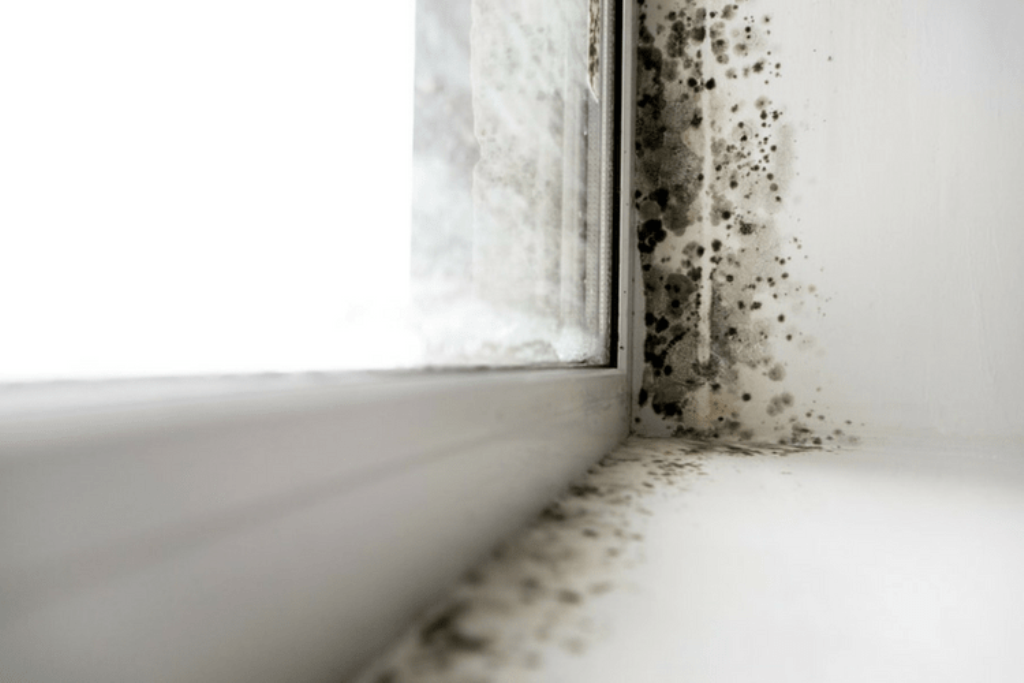
Mold and mildew are not good for your health. They only occur in warm damp spots. If they appear in your home and, after cleaning the area, they reappear within a short space of time, you probably have a water leak. You’ll need to locate the exact source of the leak to administer a repair.
But, don’t forget that overflowing gutters can cause water to cascade down walls, and a bad roof can allow water into your home. Having a stain, mold, and mildew, or a puddle doesn’t mean it’s a mains water leak, it could be due to bad weather.
Consider all options to ensure you take the right approach to repair.

